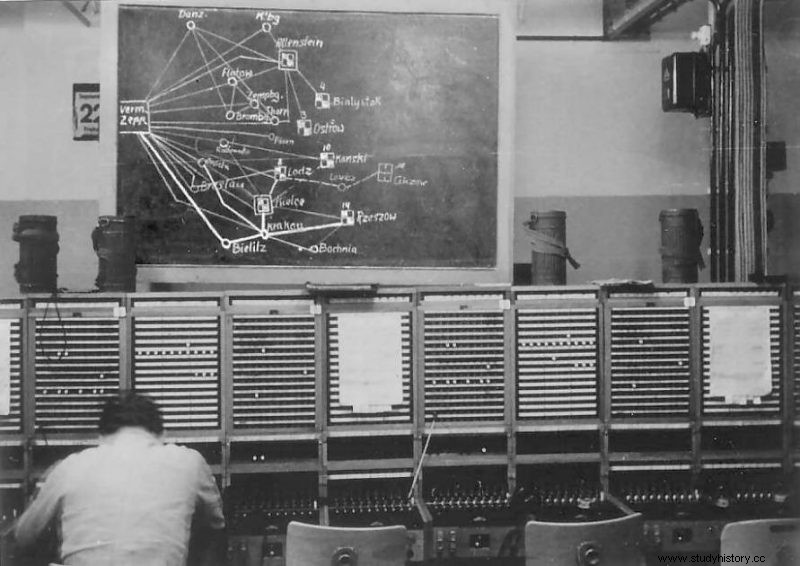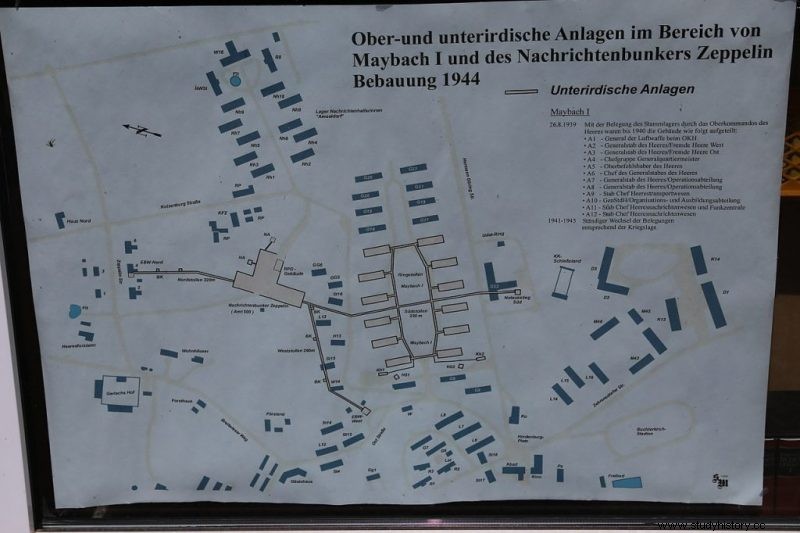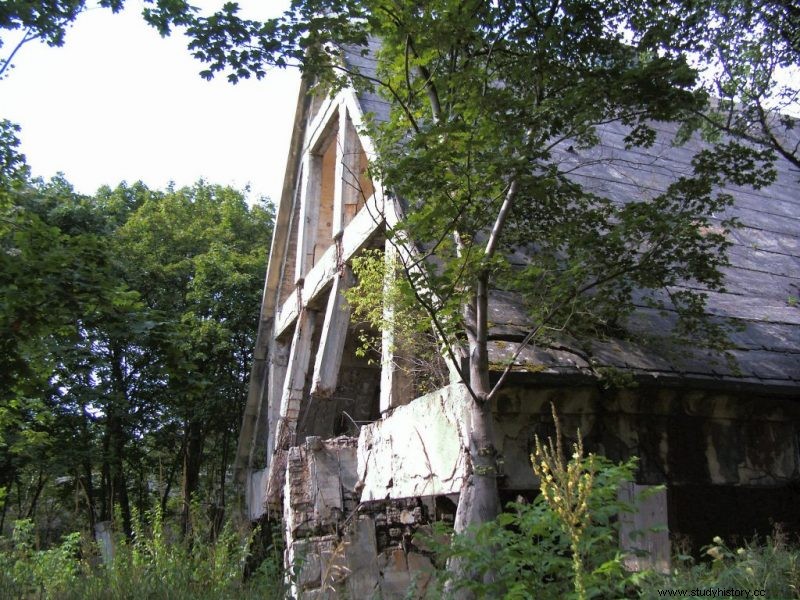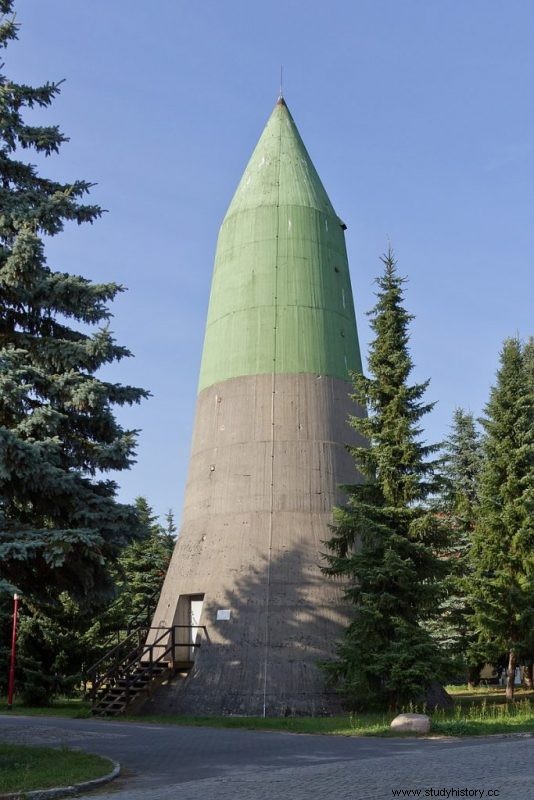In the small town of Zossen, south of Berlin, a small German army barracks was built in 1910. During the First World War the place was converted into a prisoner of war camp. 30,000 Muslims, Africans and Indians who fought on the French and British sides passed through there. In 1915, the first mosque on German soil in history was opened nearby for these prisoners.
The prison camp was closed after the war and the mosque was destroyed from disuse in 1926.
After the war, the supreme command of the Reichswehr settled in this barracks. , the German armed forces of the Weimar period. Finally in 1935 the headquarters of the Wehrmacht was established here .

In 1939 the complex was completed with a series of command bunkers, the most advanced in the world at the time. The Zeppelin bunker it was the main communications center for the Nazi armed forces and the Maybach bunkers 3-storey surface bunkers with 3-meter-thick concrete walls, were the headquarters of the different sections of the army.

After the Second World War, the Supreme Command of the Red Army in East Germany was established in these barracks, where more than 50,000 Red Army soldiers were quartered. The Russians abandoned the site in 1994.

How to get to the Wehrmacht Headquarters
The historic site is located in the small town of Wünsdorf, south of Berlin. To get there, the most comfortable method is by private vehicle. It is also possible to reach the town by train with the RE5 train line, to Wünsdorf Waldstadt station. and then walk about 2500 meters to the place.
Visit Wehrmacht Headquarters
The visit to the headquarters of the Wehrmacht is one of the most worthwhile outside of Berlin. The site has been converted into a museum and is regularly taught on guided tours.
Various elements can be seen in the Wünsdorf barracks:
- Bunker Zeppelin – it is a gigantic underground bunker with several floors where the command center of the armed forces was located. The place remains semi-abandoned.
- Maybach bunkers – destroyed after the war, its remains are still scattered throughout a large esplanade in the center of the complex.
- Tower bunkers – Several rocket-shaped protection bunkers are still standing and some can be visited.
- Museum of the garrison and red star – A small museum where the history of the place is reviewed, from the imperial era to the present.
- Soviet barracks – To the south of the complex, the headquarters and theater of the Soviet occupation forces can still be seen.
- Bookstores and antique shops – in the area there are several antique bookstores and second-hand shops with military antiques.
IMPORTANT – The place is managed by a local foundation. To find out what days there is a visit or to arrange a private visit, you must inform yourself at the following link.
Despite the supposed German efficiency, it is advisable to call by phone to confirm that the information given on the web is correct, because it is not always correct (verified in person) .

